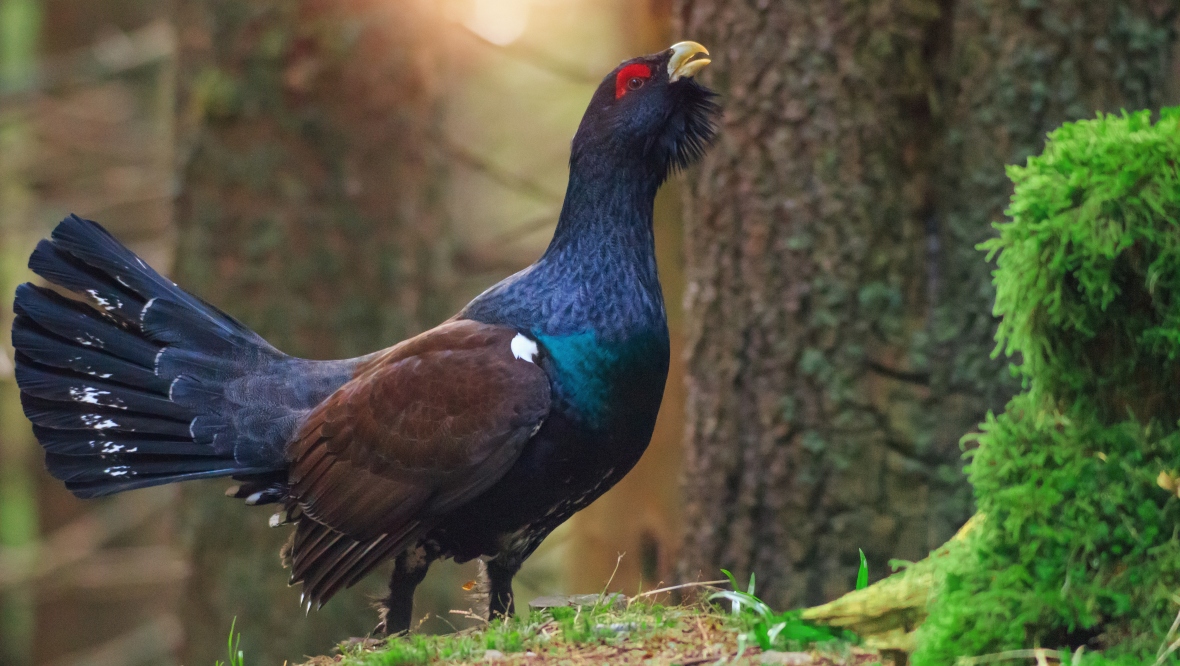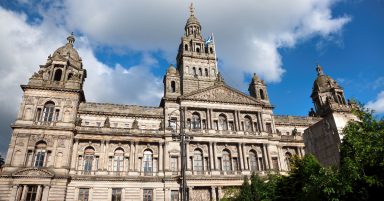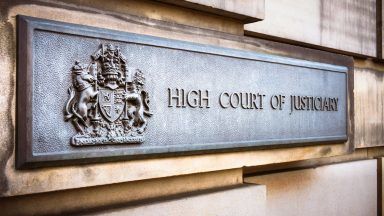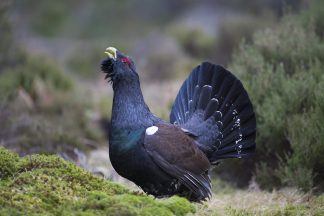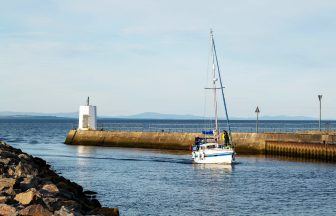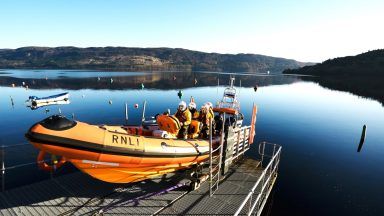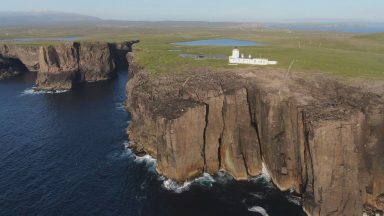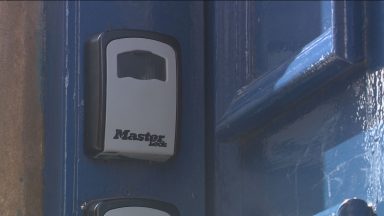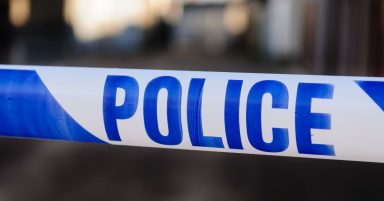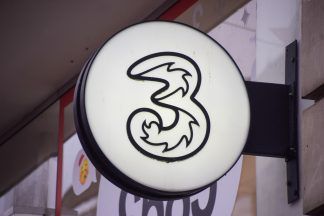People are being urged not to go looking for capercaillie, as populations of Scotland’s most threatened bird have dropped to just 542.
On the brink of extinction, capercaillie stop breeding when disturbed and are put under unnecessary stress when sought out by birdwatchers, photographers and wildlife guides.
Protected under UK law, it is a criminal offence to disturb capercaillie whilst they are lekking, nesting and raising young.
Lekking is the practice of male capercaillie gathering to display and fight for the attention of female capercaillie.
Still, in the Cairngorms National Park, which is home to over 85% of the UK capercaillie population, birdwatchers and photographers were found on lek sites last year.
A birdwatcher was even arrested and charged with disturbance for disturbing the endangered birds.
“Following the arrest of a birdwatcher last April we will be conducting dawn patrols around lek sites. If you see someone disturbing capercaillie, call Police Scotland on 101”, said PC Dan Sutherland, Wildlife Crime Officer for Highland and Islands Division
Spearheaded by the Cairngorms Capercaillie Project, efforts to safeguard capercaillie from disturbance are being ramped-up under the banner of Lek It Be.
It comes after Sir David Attenborough issued a similar warning during his BBC nature documentary earlier this month, accompanying rare footage of the birds lekking at a secret pine forest location near Aviemore.
Sir David, 96, warned the spectacular sight and sound of the birds could soon become a thing of the past.
He said: “Capercaillie became extinct in Britain once before, back in the 18th century, and now a combination of disturbance, predation and poor quality habitat is pushing these birds to the brink once more.
“Soon these extraordinary sights and sounds may disappear from our woodlands for a second time.”
“It was shocking to learn that the UK capercaillie population has declined by 51% in the last five years and is at the lowest recorded level since the start of the national survey in 1992,” said Josh Jones, editor of BirdGuides and Birdwatch.
The Lek It Be campaign is calling on the vast majority of birders and photographers who want to do the right thing, to play their part and not go looking for capercaillie and call out those who do.
The campaign will see a range of proactive measures put in place to protect the birds from being disturbed this breeding season.
The measures will include Police officers patrolling paths around lek sites from dawn.
CCTV will be in operation, signage in place, and rangers will be on hand from dawn to offer alternative capercaillie-friendly routes for anyone looking to see other forest species at first light.
Mr Jones added: “The population is now at a critically low level and us birders need to respond to this situation as a community. To make the greatest difference we all need to leave capercaillie in peace this breeding season and avoid the temptation to go looking for them.
“The decisions we make this spring can influence the rate of decline and there is no question that it is now time for us all to put capercaillie first.”
Carolyn Robertson, project manager for the Cairngorms Capercaillie Project said: “We’ve identified a number of wildlife guiding companies that currently list capercaillie as a target species for their tours in the Cairngorms during the breeding season.
“Taking guests to look for capercaillie can reveal sensitive sites to birdwatchers and photographers, which can then become known and widely so if images taken by guests are shared on social media.”
“It’s extremely positive to see a few companies now with policies in place to not look for capercaillie at all.”
Follow STV News on WhatsApp
Scan the QR code on your mobile device for all the latest news from around the country


